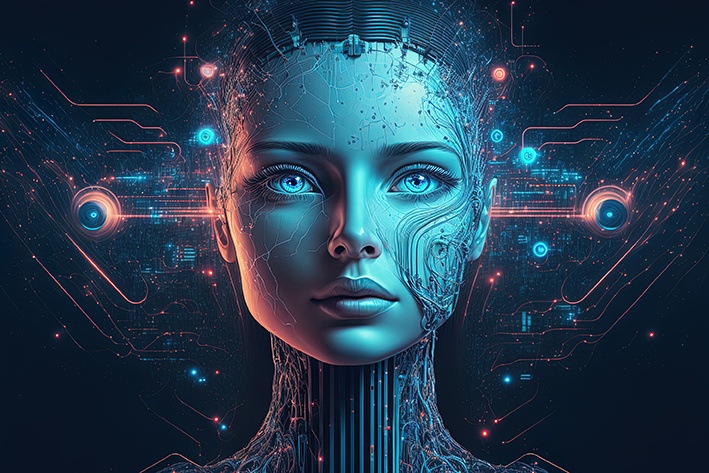In the ever-evolving field of artificial intelligence, OpenAI has made significant strides with its groundbreaking research and development. One of their notable achievements is ChatGPT, a state-of-the-art conversational AI model. In this article, we will delve into what ChatGPT is, it’s applications, and how it differs from traditional chatbots.
What is ChatGPT used for?
ChatGPT is designed to facilitate human-like conversations through text-based interactions. It leverages deep learning techniques and a vast amount of data to generate coherent and contextually relevant responses. This versatile AI model finds applications in various domains, including customer support, content generation, virtual assistance, and more. ChatGPT enables businesses and individuals to provide interactive and engaging conversational experiences to users.
Is it OK to use ChatGPT?
Absolutely! OpenAI has made ChatGPT accessible and user-friendly, allowing developers and organisations to harness its capabilities. With proper implementation and moderation, ChatGPT can enhance user experiences and streamline communication processes. However, it is essential to be aware of the limitations of AI and exercise caution to prevent any unintended biases or inappropriate outputs.
Is ChatGPT better than Google?
ChatGPT and Google serve different purposes, so comparing them directly may not be appropriate. While Google is a search engine that retrieves information from the web, ChatGPT focuses on generating human-like responses based on given prompts. Both have their own strengths and use cases. Google excels at providing information and knowledge, while ChatGPT shines in interactive conversations, content generation, and virtual assistance. Depending on your specific needs, you may find one more suitable than the other.
What is the difference between ChatGPT and a chatbot?
Although ChatGPT and chatbots share similarities, they differ in significant ways. Traditional chatbots usually follow rule-based approaches, where predefined rules dictate their responses. In contrast, ChatGPT utilises advanced deep learning techniques and language models, allowing it to generate more contextually relevant and human-like replies. ChatGPT can understand and respond to a wide range of prompts, making it more flexible and adaptable to different conversational scenarios.
ChatGPT, developed by OpenAI, represents a significant advancement in the field of conversational AI. Its ability to generate human-like responses and facilitate engaging interactions makes it a valuable tool for businesses and individuals alike. While it may not replace Google or traditional chatbots, it offers a unique approach to conversational experiences. By understanding the strengths and limitations of ChatGPT, you can leverage its potential to create impactful and interactive conversations in various domains.
To learn more about OpenAI’s pioneering research, visit their website here. For in-depth insights into ChatGPT, you can read the official blog post here. Additionally, if you’re eager to experience ChatGPT firsthand, you can try it out here.
Remember, as you explore and integrate ChatGPT into your projects, it’s crucial to continually learn, adapt, and ensure responsible usage of AI technologies.

